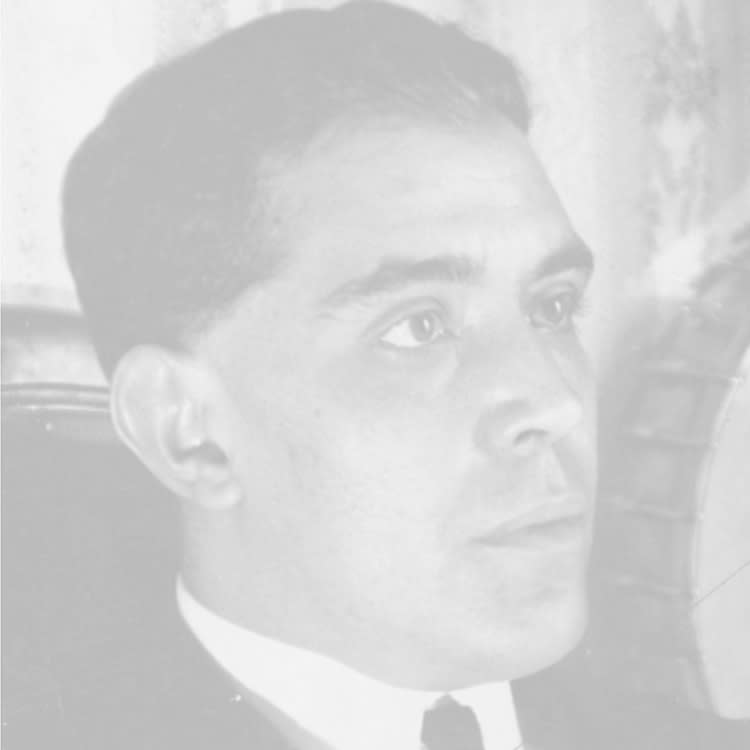Juan Gris
Juan Gris, born José Victoriano González-Pérez on March 23, 1887 in Madrid, is a major figure of Cubism. Trained in technical drawing at the Escuela de Artes y Manufacturas, he later turned to painting under the guidance of José Maria Carbonero. He began his career as an illustrator for the press before moving to Paris in 1906, where he became part of the avant-garde circles and developed friendships with Picasso, Braque, and Matisse.
Gris quickly embraced analytical Cubism, but brought to it a personal approach: precise compositions, clear structure, and a luminous palette. Starting in 1912, he exhibited in major Parisian salons and collaborated with influential art dealers such as Kahnweiler. He also enriched the Cubist language by exploring the technique of collage and incorporating printed papers into his works.
In the 1920s, his style evolved toward a more decorative synthetic Cubism, characterized by simplified forms and visual harmony. Both a theorist and an artist, Gris advocated for a methodical conception of art, which he viewed as an intellectual act of construction. Weakened by health issues from 1925 onward, he died prematurely at the age of 40, on May 11, 1927, in Boulogne-Billancourt. His work, both rational and sensitive, left a lasting influence on modern art.

